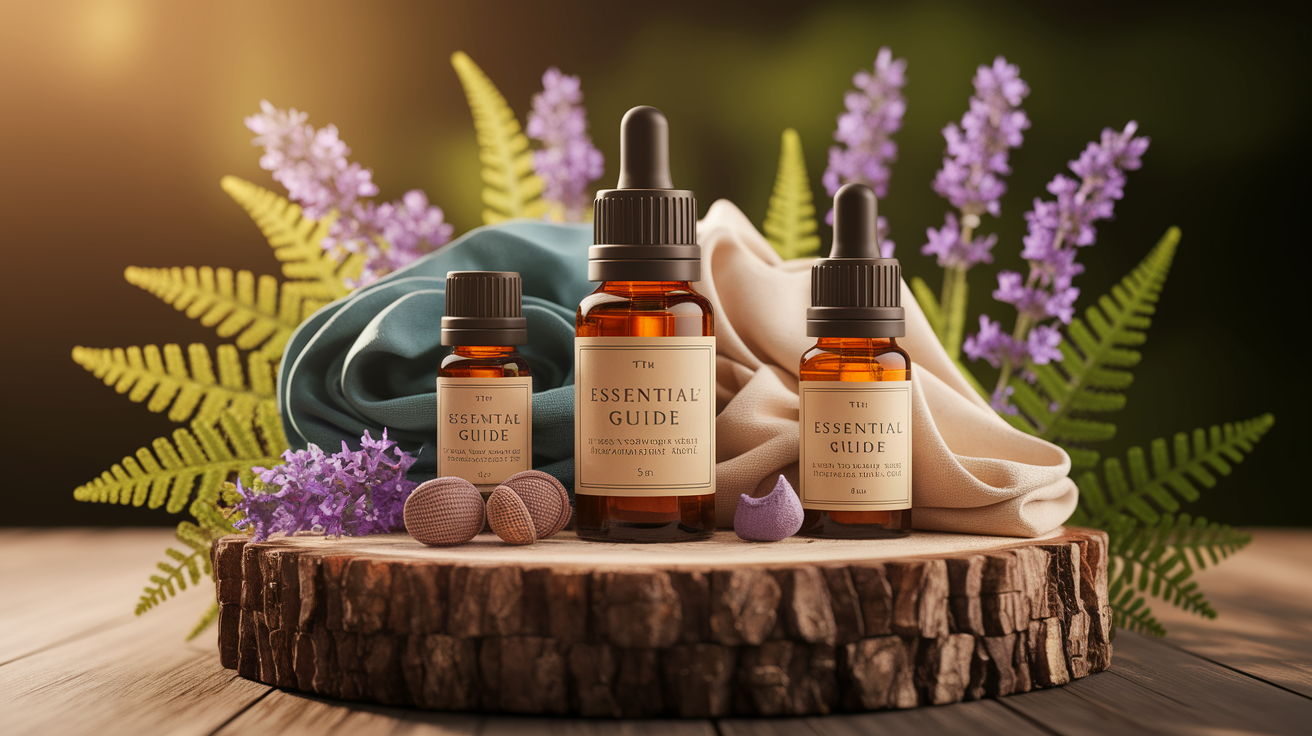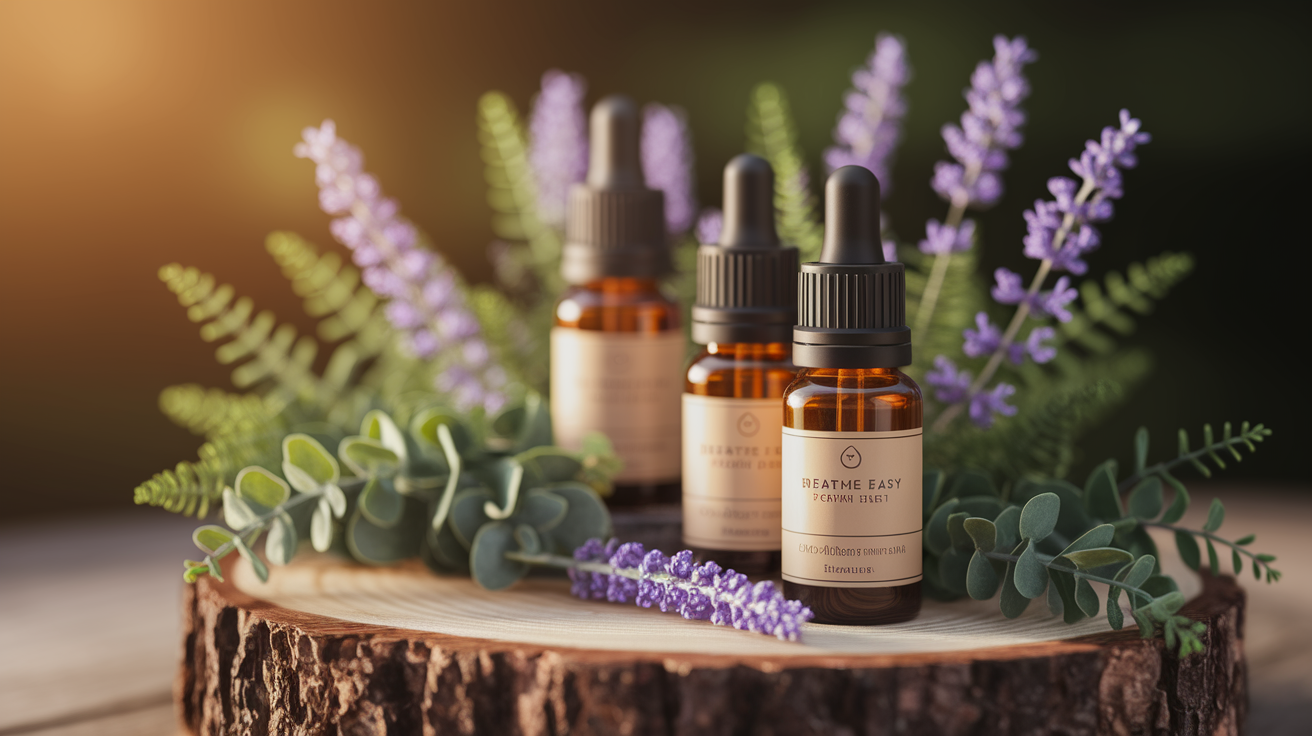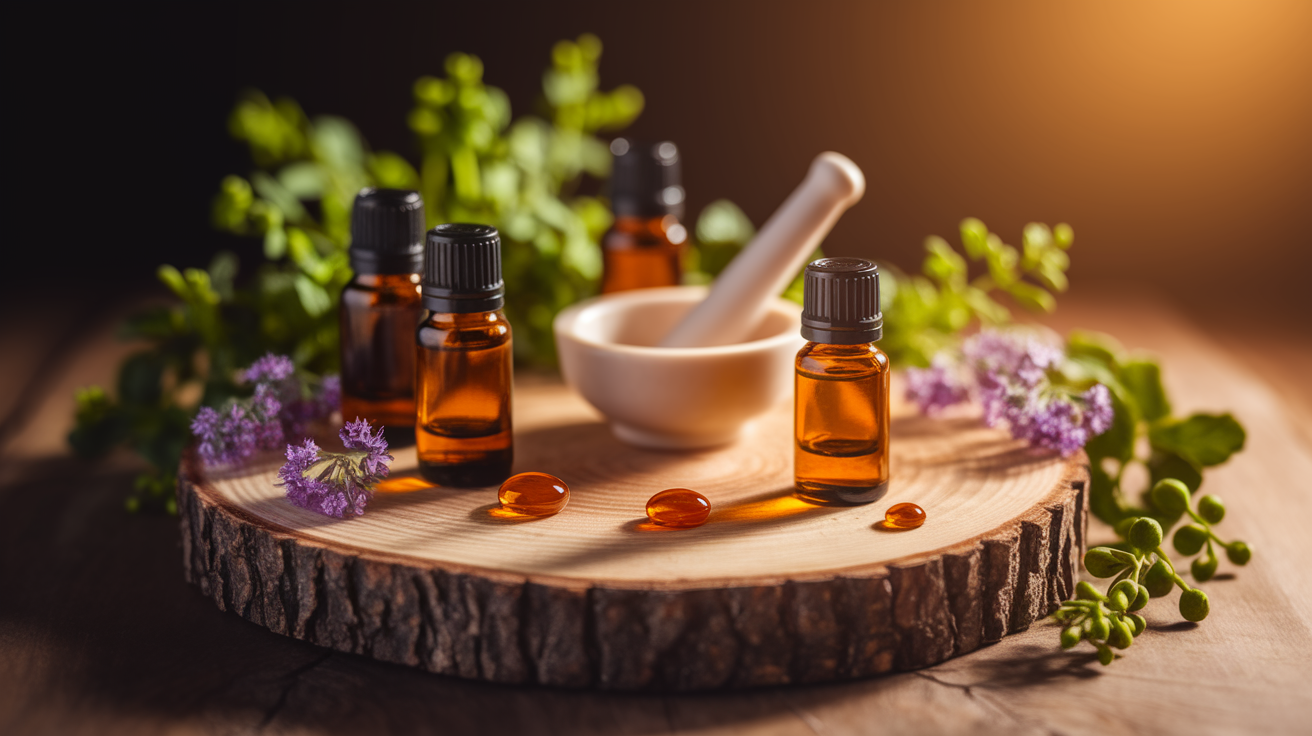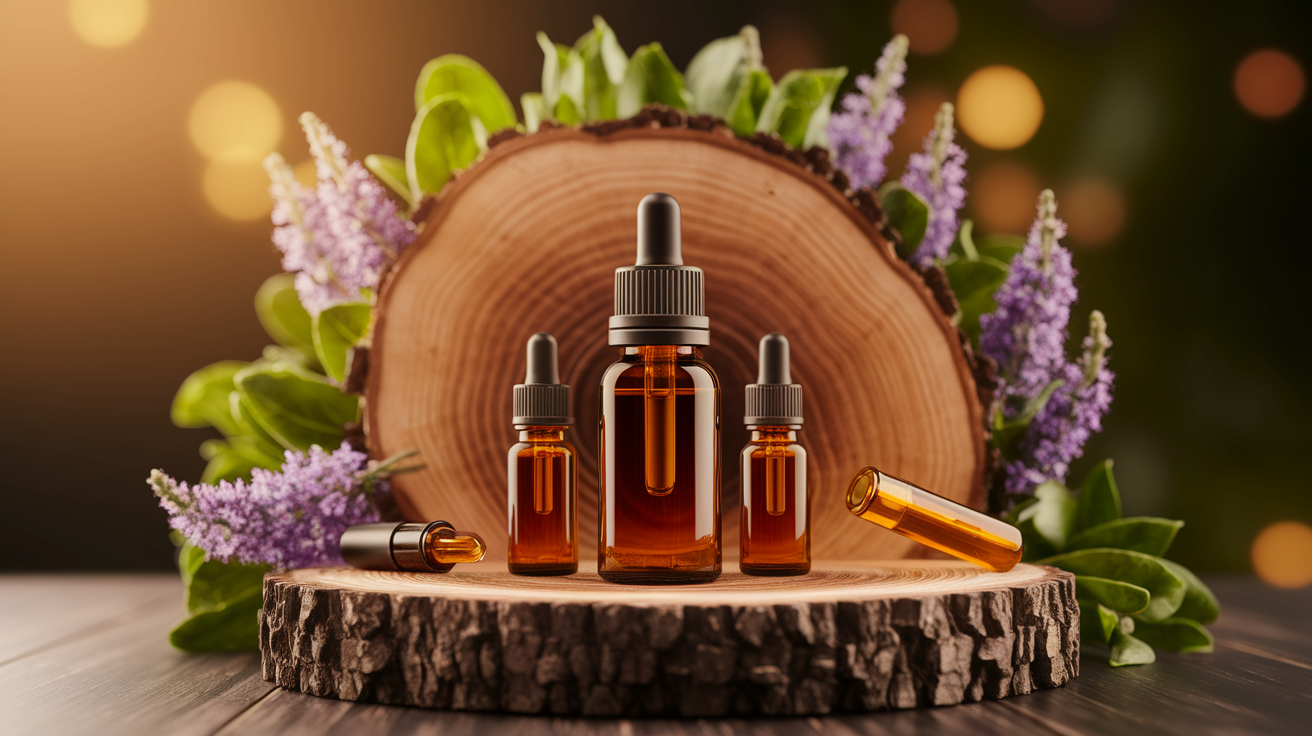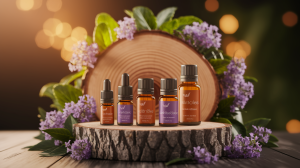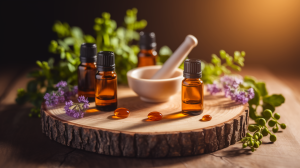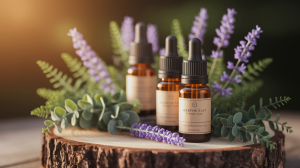Fresh Start: Essential Oil and Fabric Compatibility Made Simple
I’ll tell you—there’s nothing quite like pulling freshly laundered sheets from the dryer and catching that subtle hint of lavender or crisp eucalyptus wafting up at you. But the magic only really works if those oils play nicely with your fabrics. Some textiles embrace essential oils like old friends, while others can be a bit finicky. We’re talking about balancing freshness, fabric safety, and avoiding any of those dreaded oil marks. Knowing the rules makes the whole process easy and worry-free, whether you’re spritzing your favorite cotton throws or freshening up silk pillowcases.
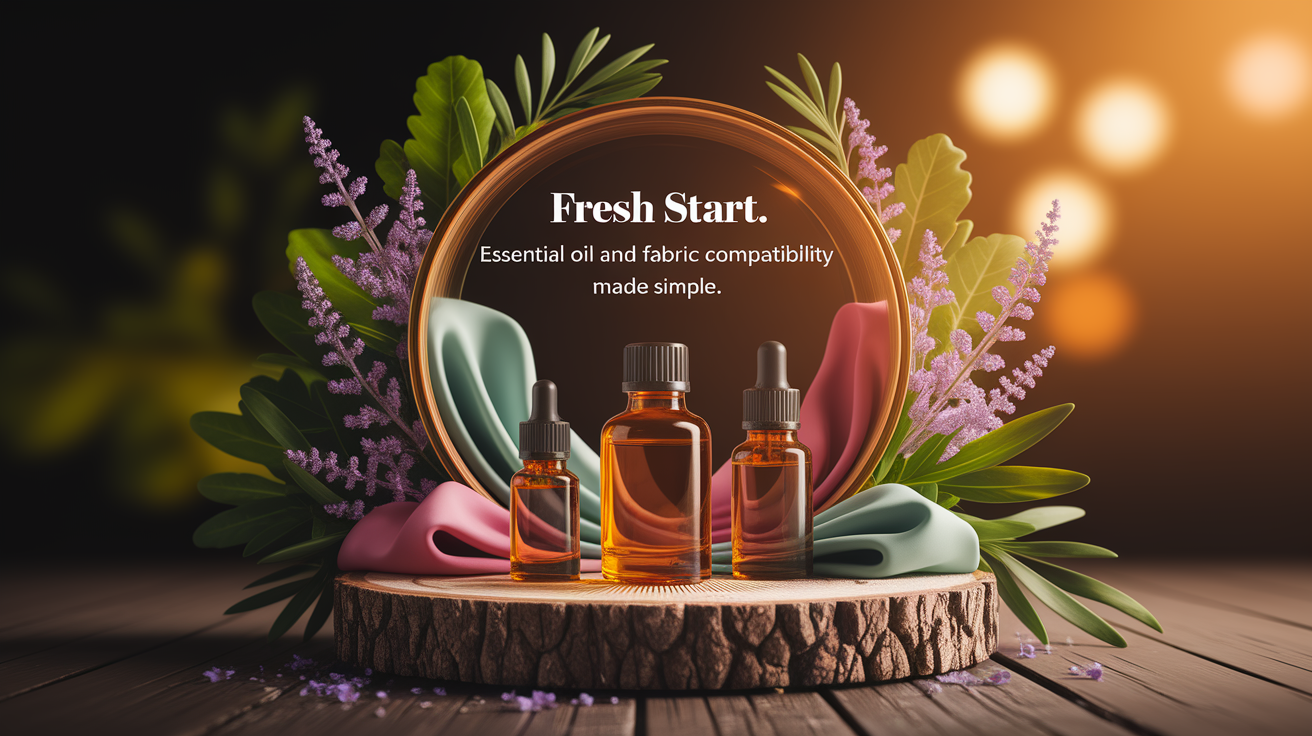
Choosing the Right Oils and Fabrics
Different oils respond differently depending on the fiber type—and a good match can make all the difference. For everyday laundry care, citrus oils and lavender are some of the safest bets for cotton fabric and linen care. They’ve got a reputation for not only brightening scents but keeping staining risks low when properly used. On the flip side, delicate fabrics like silk or fine wool require gentler companions like chamomile or rose. Fabric compatibility is all about knowing your textile’s temperament and avoiding pairing strong oils with sensitive fibers.
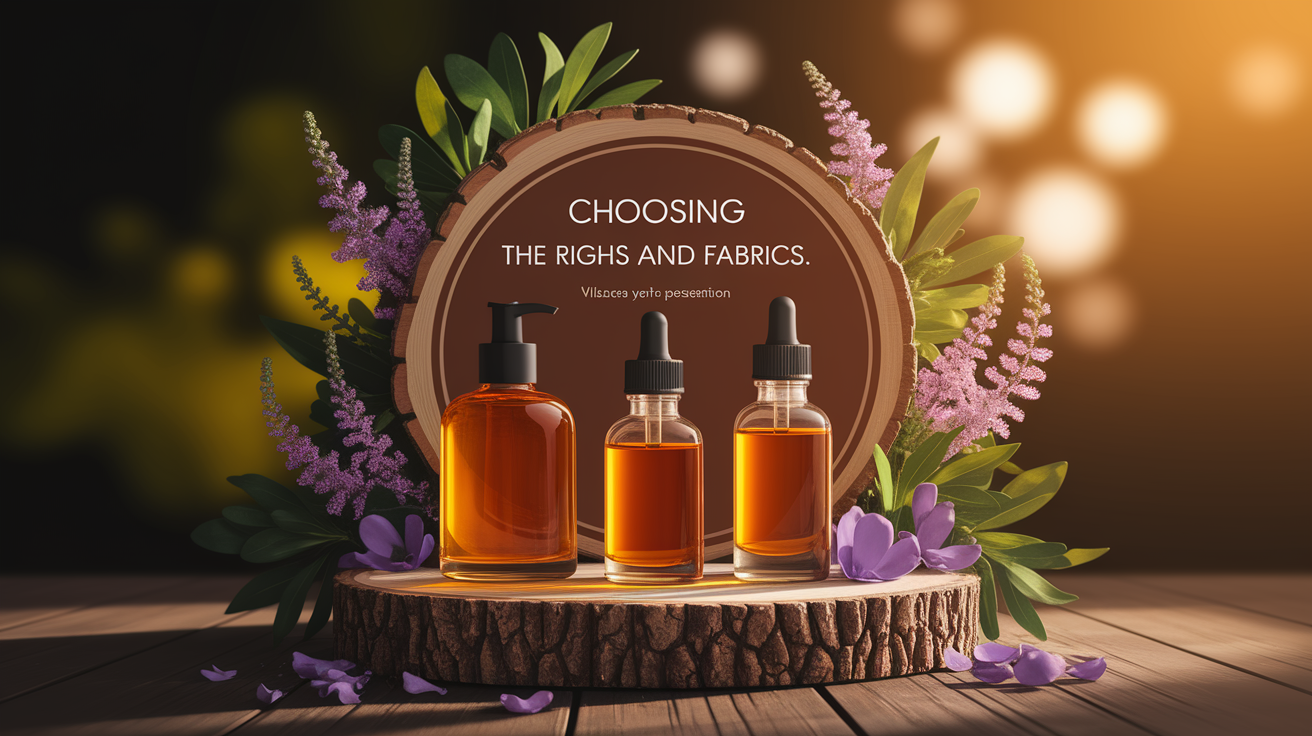
And yes, synthetic fabrics like polyester tend to resist absorption more than natural fibers, which works in your favor if you’re trying to prevent staining—but you still need to be careful with bold oils like patchouli or clove. A quick patch test can save you from permanent mishaps.
Proper Dilution and Application Methods
Here’s the secret—essential oils rarely go straight onto fabrics. Most of the time, they get diluted into something else first. You might mix a few drops into unscented detergent, blend them with white vinegar for a homemade fabric softener, or apply them to wool dryer balls for that long-lasting scent during tumble-drying. The goal? Even distribution and no concentrated spots that could darken fabric or leave oily patches.
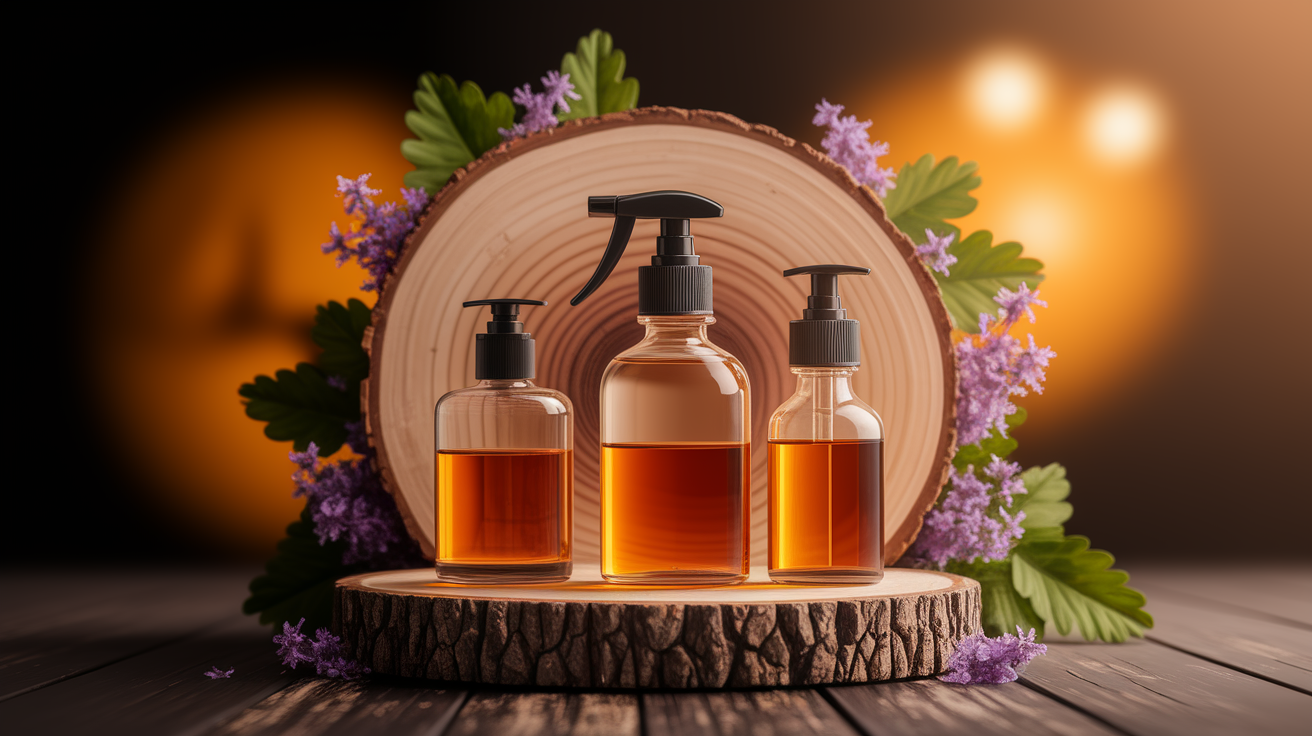
For washing machines, blending oils with detergent or softener is the safest bet. Dryer balls work wonderfully for heat-tolerant oils—think lemon or lavender—which hold up well during the dry cycle. When I want to freshen clothes or upholstery between washes, I make a light fabric spray using water and a touch of essential oil, shaking it before use to keep things dispersed. You can find simple spray recipes in resources like DIY fabric refresher guides.
Precautions and Troubleshooting
Even when you do everything right, things can get interesting. Maybe you end up with a faint oil ring or the scent feels stronger than expected. Don’t panic—gentle dish soap and warm water can often lift an oil mark if addressed quickly. For delicate fabric care, it’s smart to do a swatch test, especially with bold oils or darker colors.

Overuse is another sneaky issue. Essential oils may be natural, but too much can leave residue that dulls fabric breathability over time. The safe route is keeping dilution ratios low and resisting the urge to over-scent. The oil-safe textile tips out there are worth following if you want fabric longevity in the long run.
Scent Profiles and Fabric Benefits
Part of the fun here is in choosing a scent that matches the mood you want. Lavender isn’t just calming—it’s also a natural fabric softener alternative. Lemon and other citrus oils bring a bright clean impression, and they handle dryer heat well without losing their punch. Tea tree oil? That’s your go-to for an antimicrobial boost in sports gear or towels.
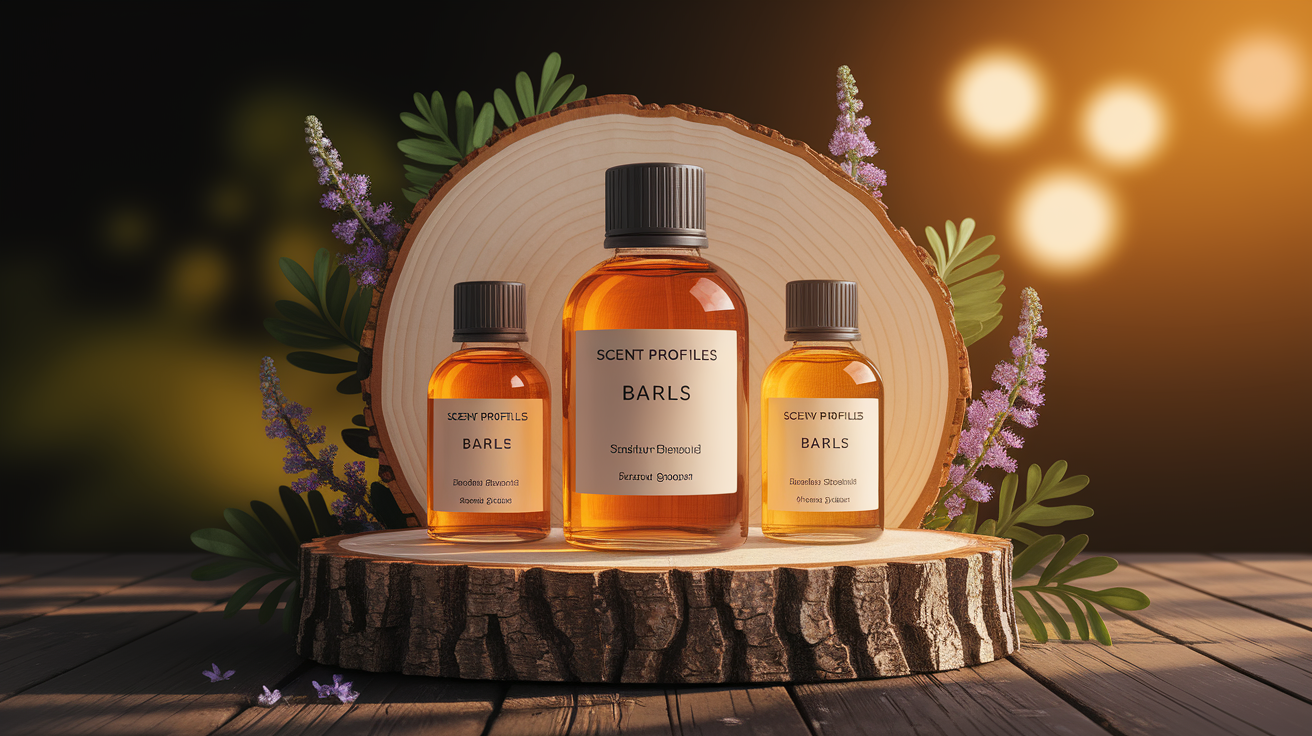
Blends are where creativity kicks in. Pair lavender with lemon for a balance of relaxation and freshness. Or use peppermint with orange to perk up drab laundry days. Dryer ball blends offer plenty of ideas for mixing scents and taking your fabric care game to the next level. Each choice not only changes the aroma—it can subtly influence feel, wear, and even cleanliness of your textiles.
Parting Scents: Your Next Steps for Essential Oil Fabric Care
Once you’ve matched the right oils to your fabrics and learned the tricks for safe dilution, it’s all about experimenting and finding your perfect scent signature. Test new blends on smaller laundry loads, explore fresh combinations for different rooms or occasions, and play with various application methods—from dryer balls to spritzes. With each try, you’ll get a better sense of how essential oils can keep fabrics fresh, soft, and entirely yours without leaning on synthetic additives.
If you want to dive deeper, check out the best oils for laundry guides and explore the balance between fabric care and aromatherapy. A little knowledge and a touch of creativity can turn your laundry routine into something far more delightful than you ever expected.

